Have you ever wondered why your homemade Chinese food doesn’t taste like what you get at a restaurant? Shaoxing rice wine may be an important missing element.
Shaoxing wine or shàoxīng jiǔ (绍兴酒) is a type of Chinese rice wine that originates from the city of Shaoxing in Zhejiang Province, China. It is a key ingredient in many dishes and creates an authentic taste that you might otherwise find difficult to imitate.
The first mentions of it come from more than 2,500 years ago, making Shaoxing wine one of the oldest forms of rice wine in China. The production process involves fermentation of rice, water and a small amount of wheat (so it is not gluten-free). It is clear rather than cloudy.
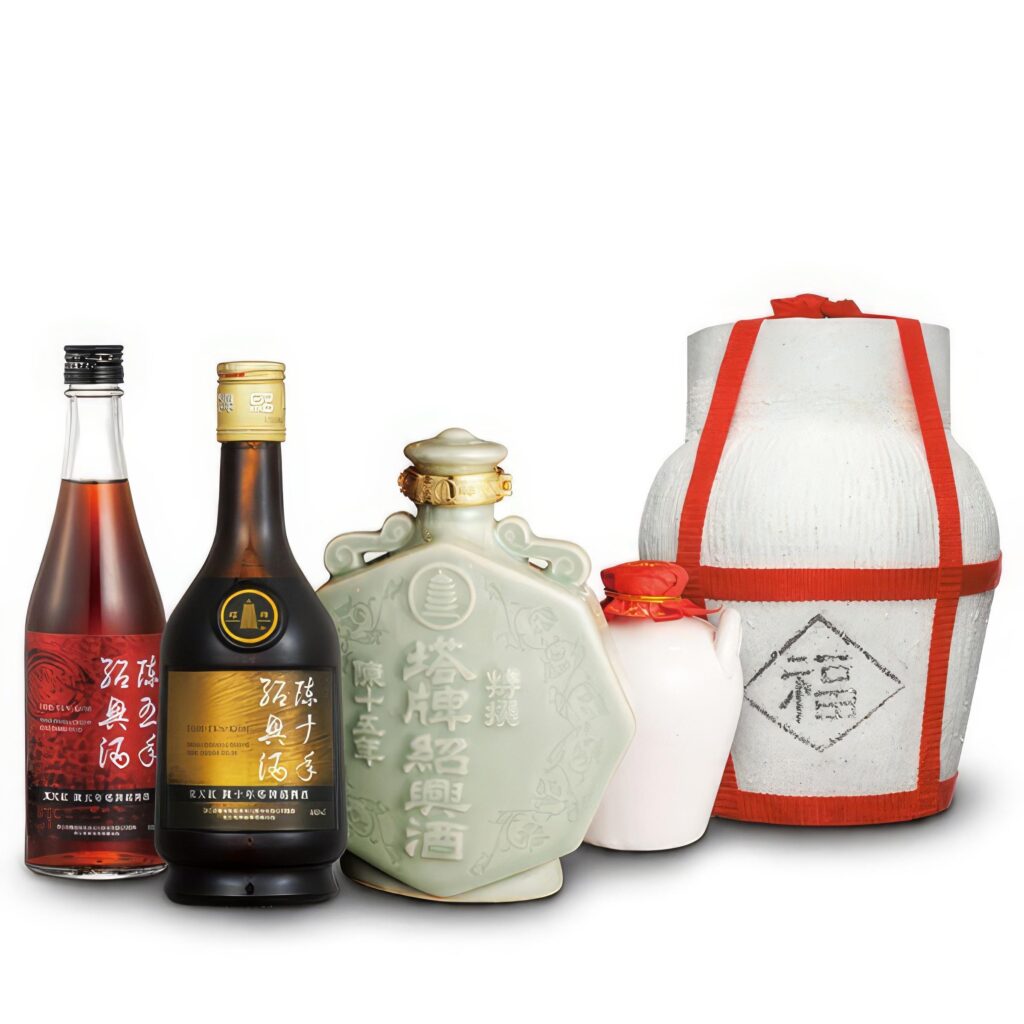
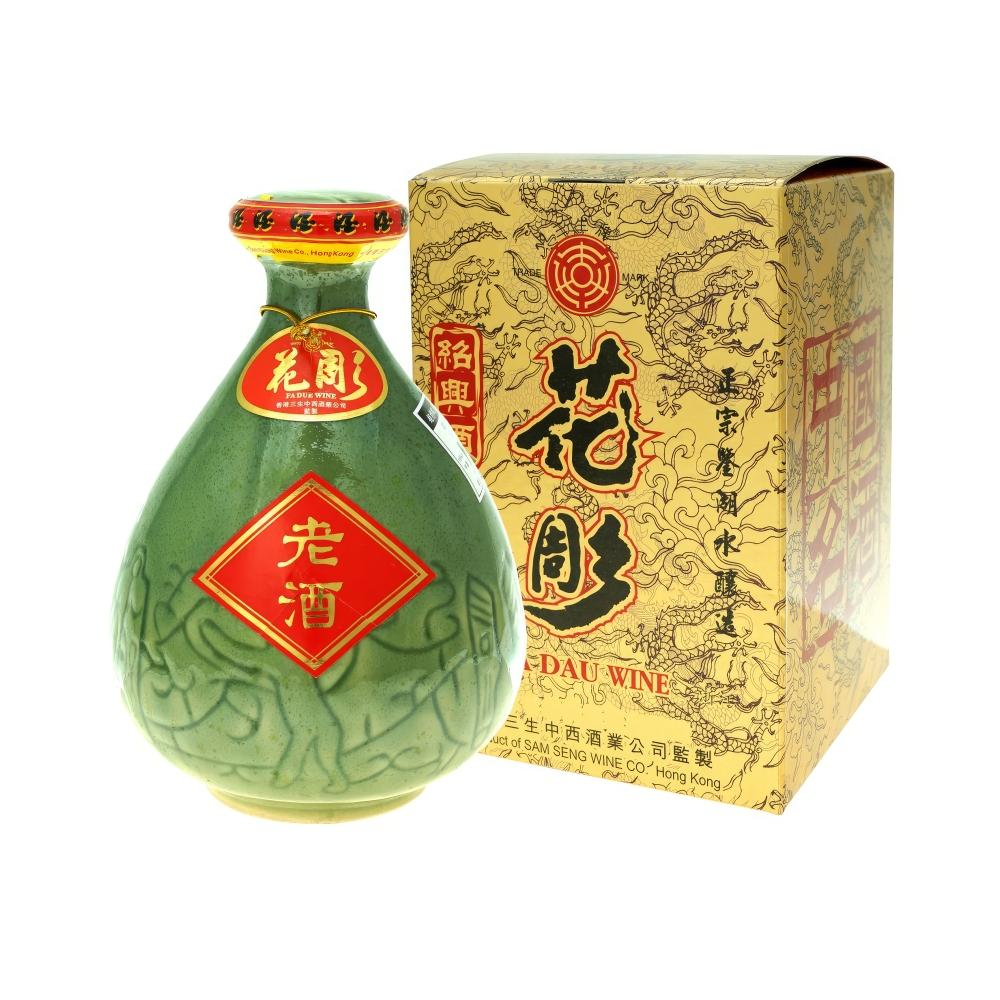
You can also consume mature Shaoxing wine as a beverage, which is usually drunk warm. We use lower quality Shaoxing wine for cooking.
This amber-colored rice wine differs from clear cooking rice wine, or mǐjiǔ (米酒), in that it has a more complex and deeper flavor.
Types of wines
Shaoxing wine is also sometimes called hua diao wine (huādiāo jiǔ, 花雕酒), which translates as “carved flower wine”. The name describes the floral pattern carved into the clay vessels that were once used to store and mature it. This alternative name can also be written as “hua tiao chiew”.
You may also sometimes come across the name Chia Fan (jiā fàn jiǔ, 加饭酒). It is a wine similar to hua diao. When making these wines, more rice is used during the cooking process. Hence the name Chia Fan, which literally means “add rice”. There are also alternative notations, including “Shao Xing” or “Shaohsing”.
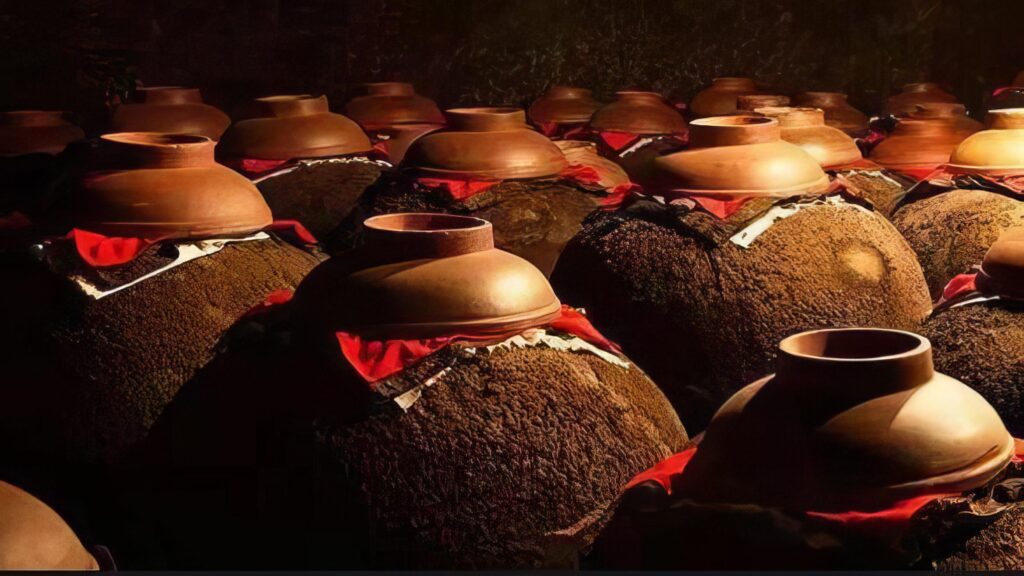
Shaoxing wine is extremely interesting and full of history. One of its variants is called nu’er hong (女兒紅), which means “red daughter” in Chinese. The color red is a symbol of good luck in both Chinese and Taiwanese culture and brings even more meaning to this festive drink. Every family in Shaoxing makes their own version of this wine when a daughter is born. The bottle is then buried in the ground until the day the daughter celebrates her wedding. Then the bottle is opened and the wine is ceremoniously drunk as a symbol of family tradition and happiness.
Use
Like the use of wine in Western dishes, Shaoxing wine adds depth and complexity to the flavor. We use it in meat marinades, as a seasoning for wonton or dumpling fillings, to degrease wok pans, to season fried foods, sauces and stews. It can be said that the vast majority of recipes contain Shaoxing wine.
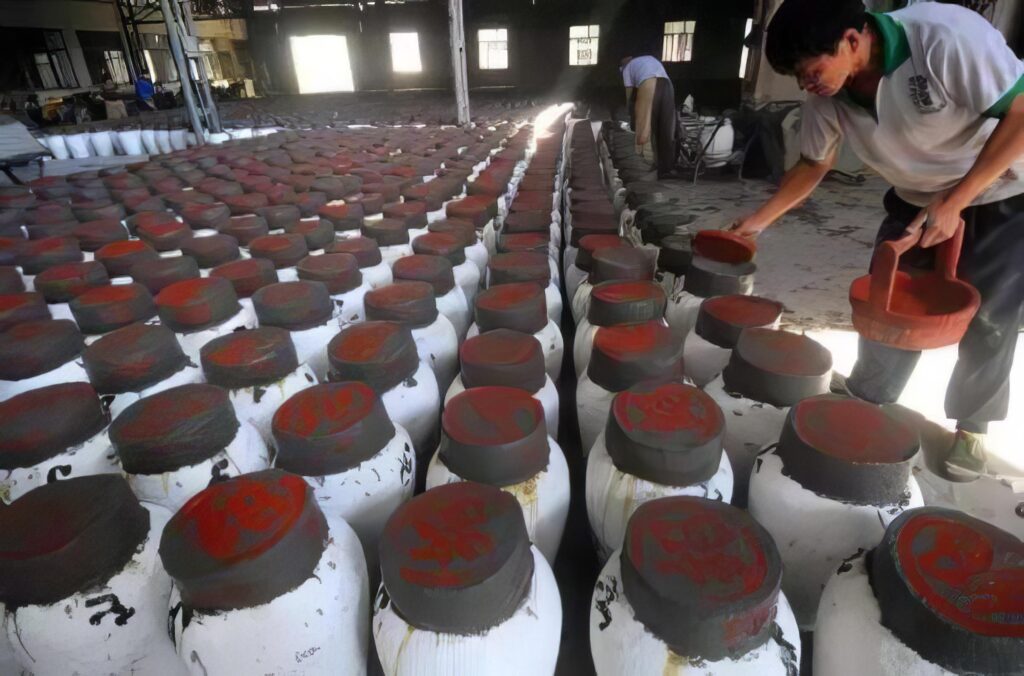
It appears in larger quantities in stews, while a marinade or stir-fry usually contains only one or two tablespoons. It is also the most important ingredient in a traditional cold appetizer aptly named “drunken chicken (醉雞)” in which the chicken is boiled and then soaked in an infusion of Shaoxing wine and other spices. This method can also be used on seafood such as shrimp and crab.
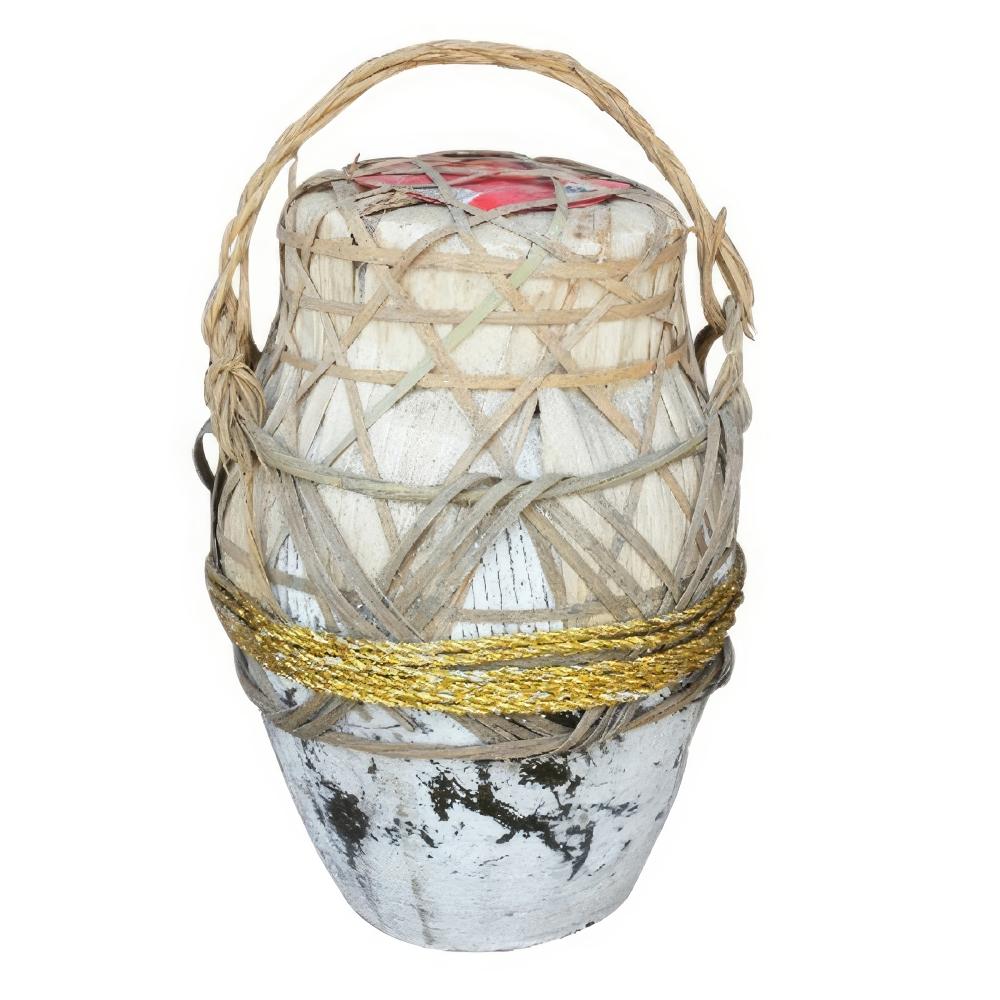
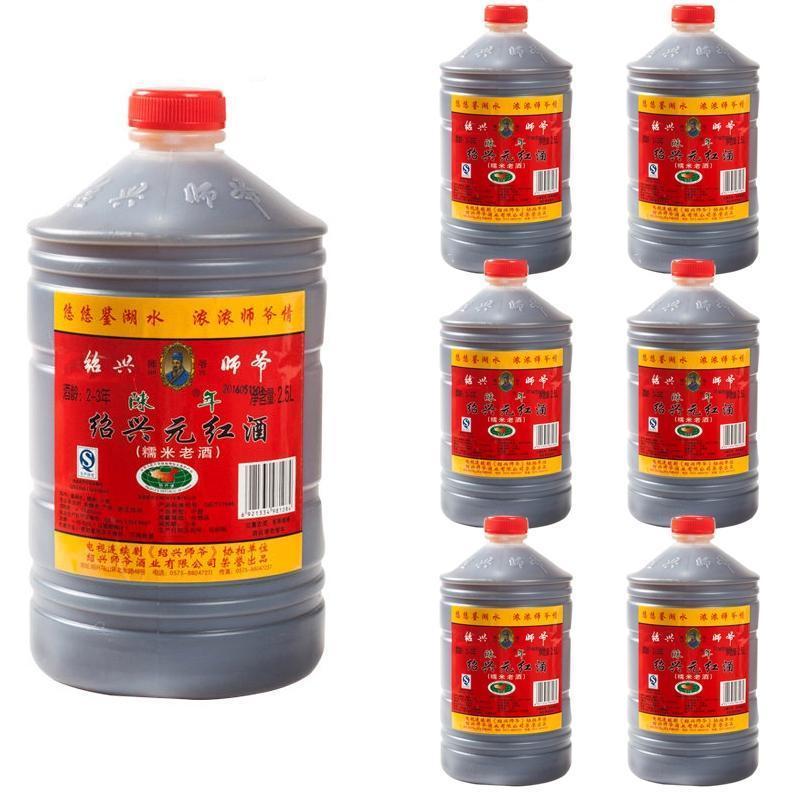
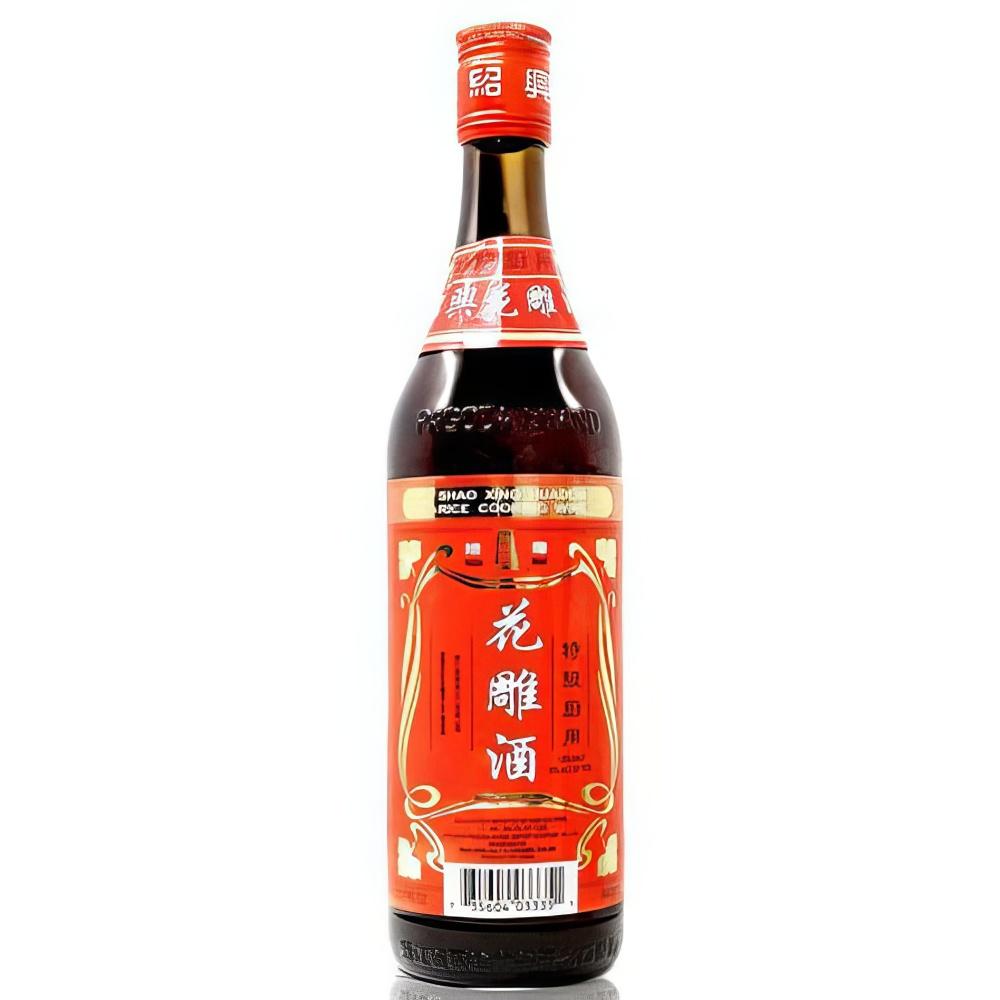
Shaoxing wine is commonly found in any Asian grocery store and there are quite a few brands.
Storage and what to replace
Wine can last up to 6 months in the pantry. If you don’t use it that often, you can store it in the refrigerator to make it last longer. However, if you want to often cook Chinese food at home, we highly recommend going to the nearest Asian convenience store and buying a bottle of wine, as you will use it in the vast majority of dishes.
However, when you really can’t get hold of Shaoxing rice wine or want a quick substitute, we recommend dry cooking sherry, which is readily available in any supermarket. You can also replace it with any other Chinese rice wine. In small quantities, you can also substitute Japanese or Korean wines, such as soju or sake. In an emergency, the more commonly available Japanese rice wine called mirin can also be used. Then the dish will not have an authentic taste and leave out all the sugar mentioned in the recipe, because mirin is much sweeter than Shaoxing wine.
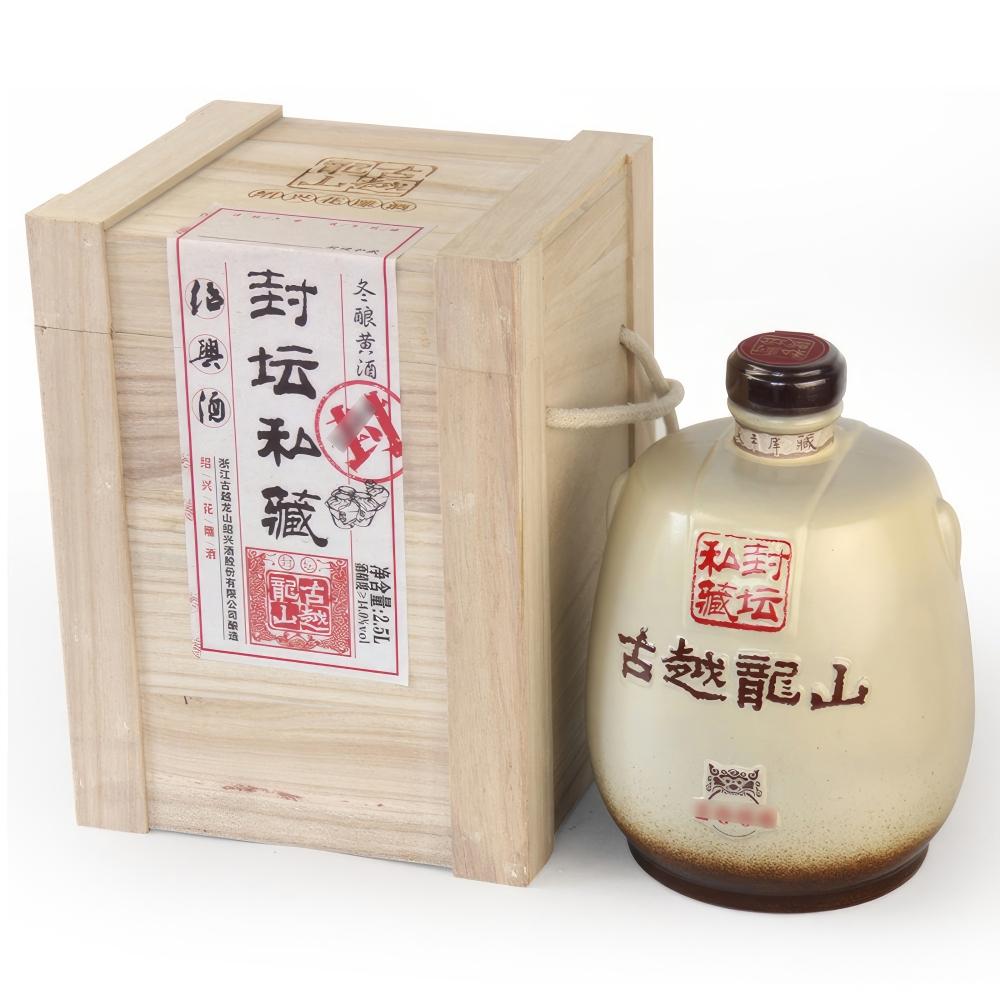
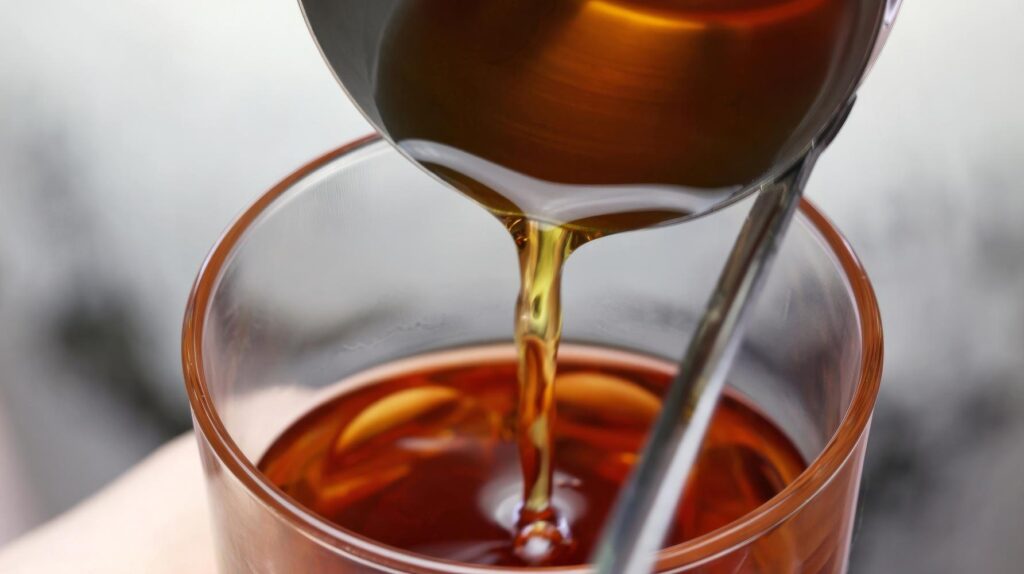
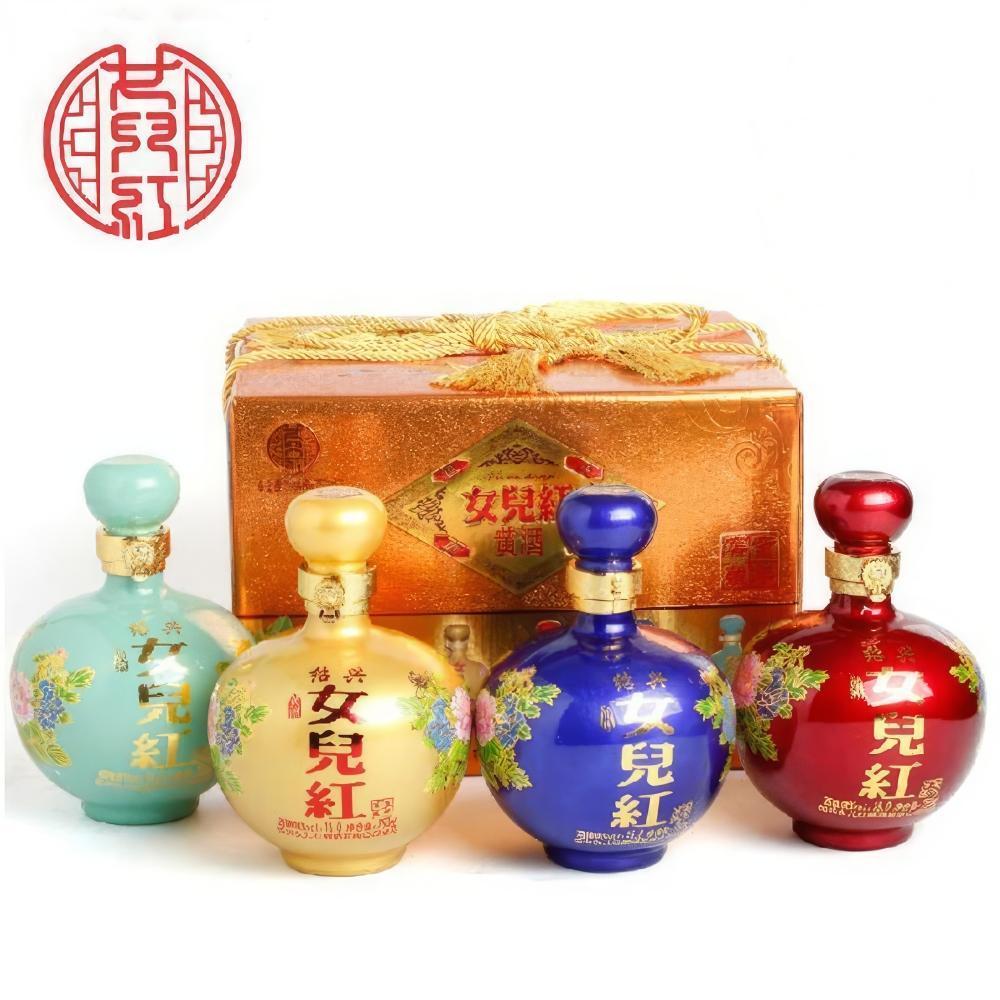
Alcohol
The alcohol content of Shaoxing wine is somewhere between 18 and 25 percent. Most of the alcohol in wine boils off during frying at high temperatures (in the case of stir-fries) or during long cooking (in the case of stews). For medical, religious, or personal reasons that prevent you from consuming alcohol, you can reach for a non-alcoholic alternative such as chicken, mushroom, or vegetable broth. You can also try non-alcoholic beer or non-alcoholic white wine.
In recipes that use less than 1 tablespoon of Shaoxing wine, feel free to omit it.






